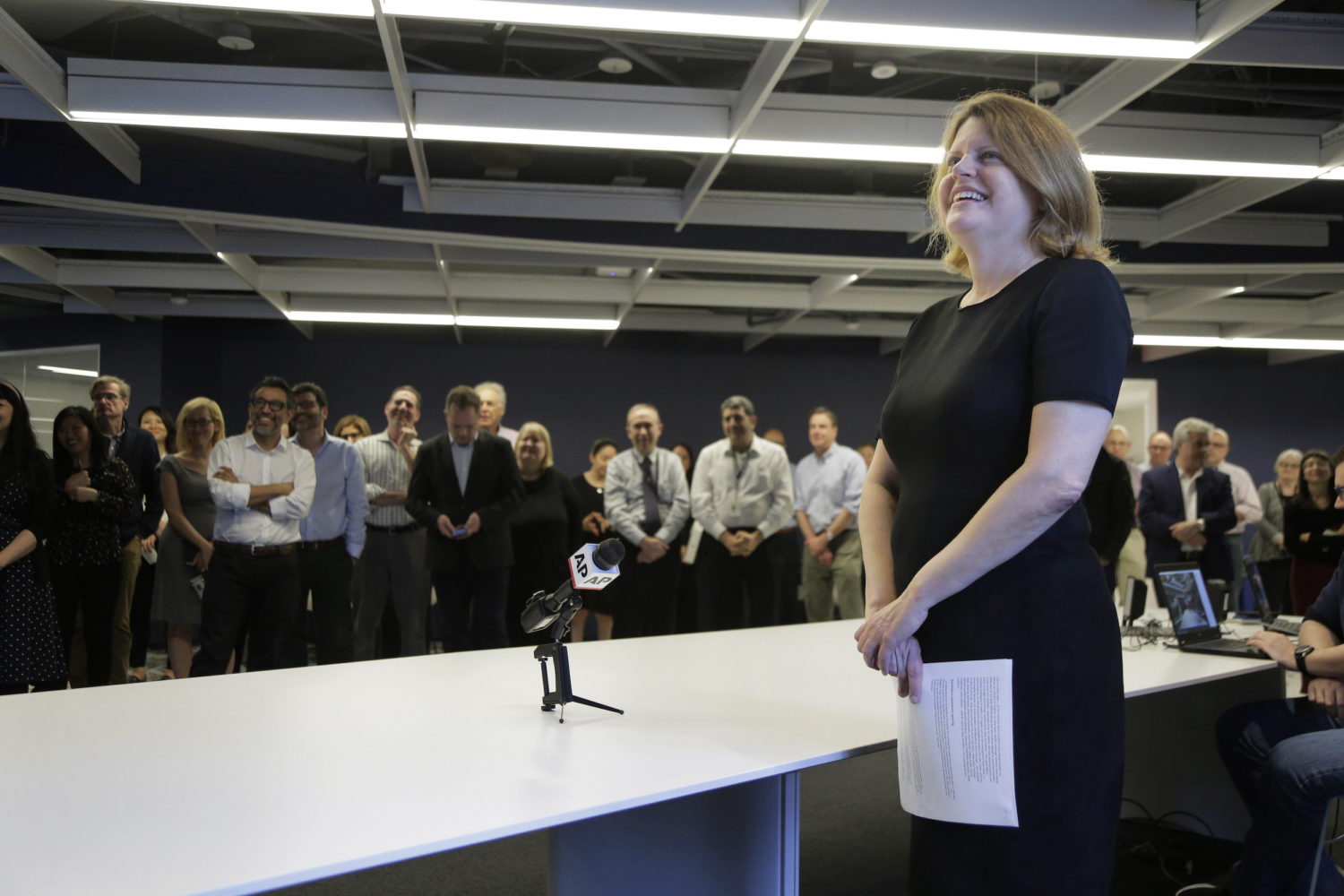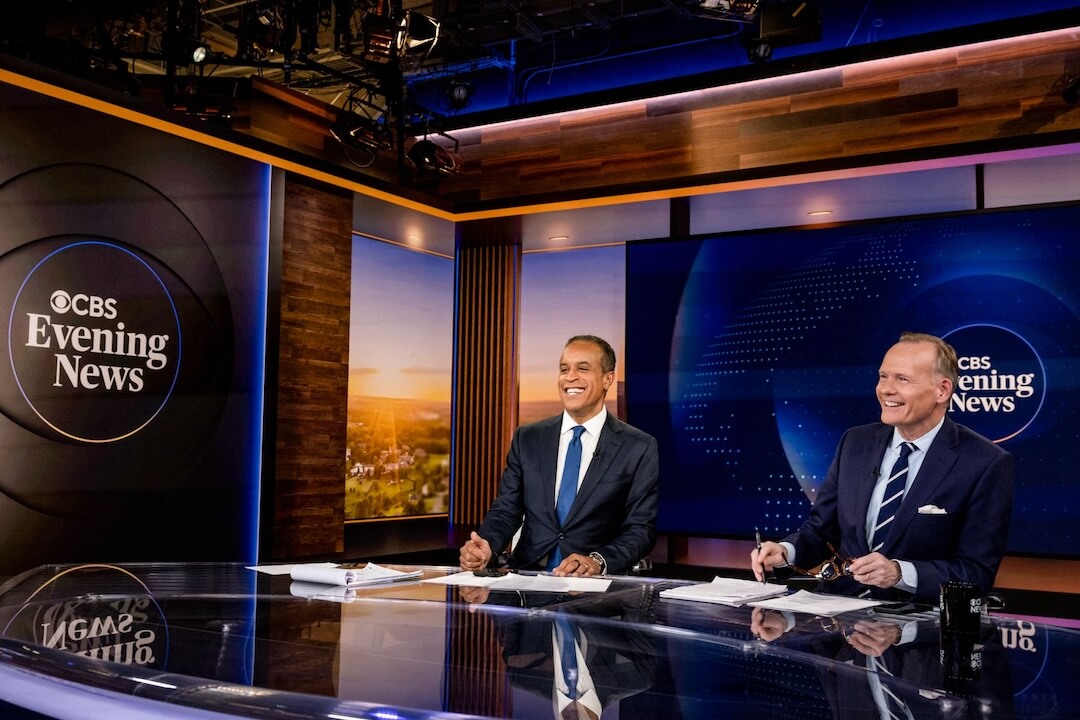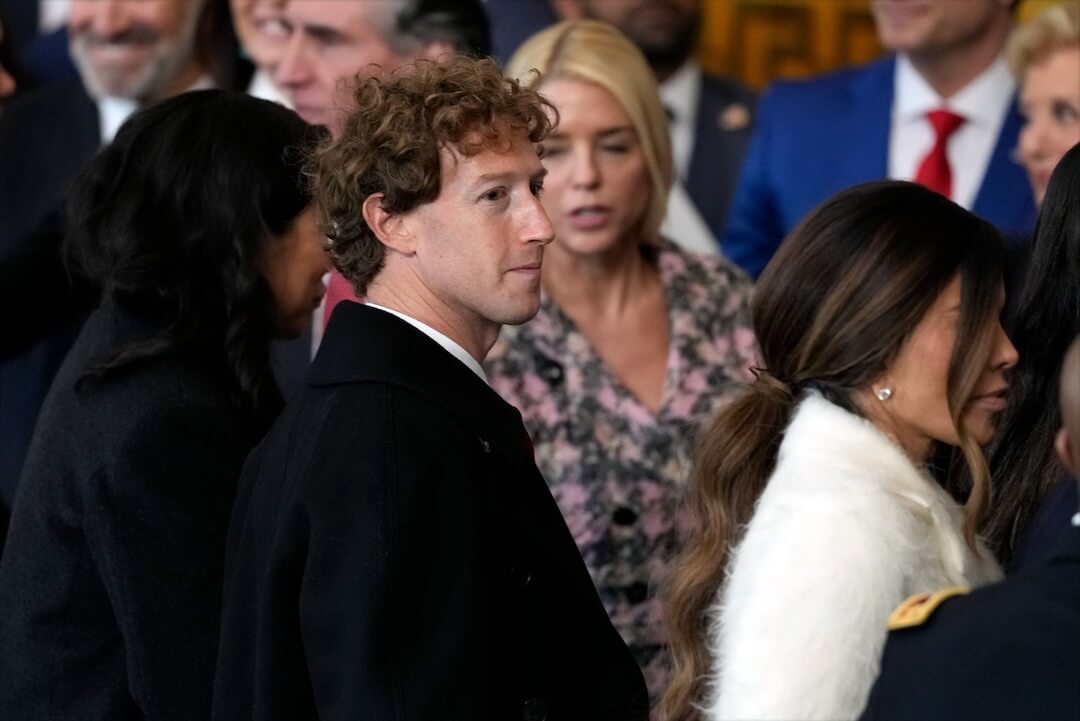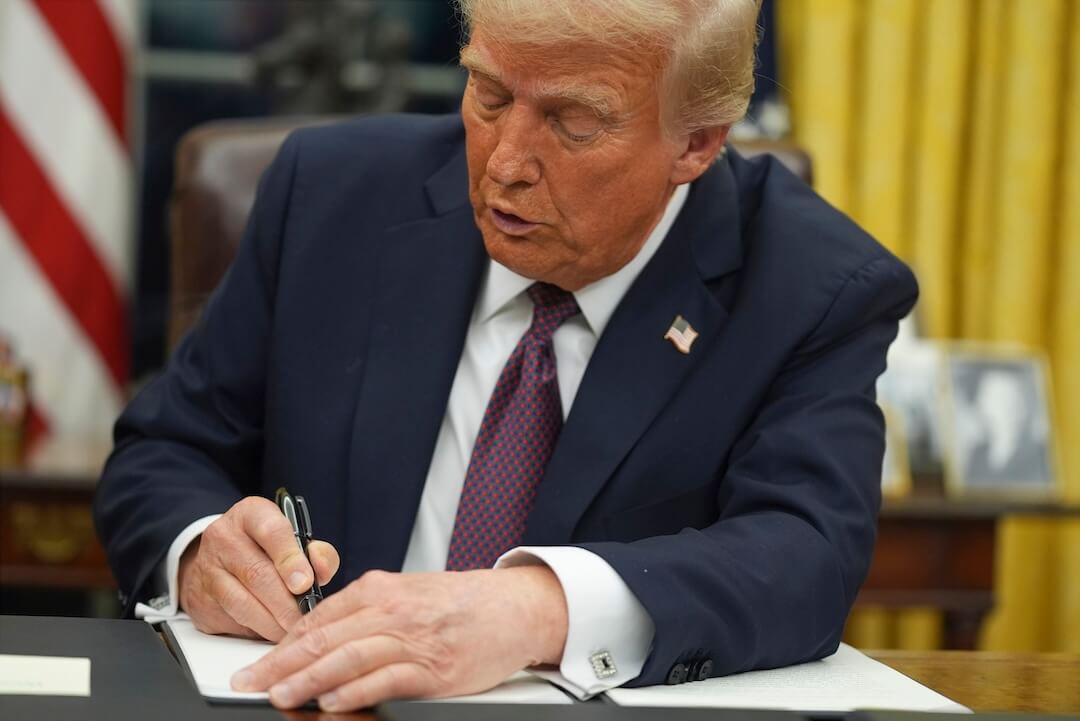This story has been updated to include comments from Buzbee.
Sally Buzbee was not on most informal lists of candidates to succeed Marty Baron as executive editor of The Washington Post. However, now that she has been named to the job, the pick makes a lot of sense.
As senior vice president and executive editor of The Associated Press since 2017, she oversaw a huge news operation during the turbulent Trump years. The Post’s newsroom now numbers roughly 1,000.
I asked Buzbee if she saw differences between directing the AP and her new job leading the Post. She replied by email:
“There are certainly similarities and differences between the two organizations, but at their core, The Washington Post and the Associated Press are two powerhouse newsrooms filled with extraordinary journalists. I will be doing a lot of listening and learning as I first join the Post. I think that’s key. I have tried to approach my job at the AP, and will continue the same at the Post, so that I am accessible, transparent and engaged. I see a big part of my job as inspiring the best work we can do today while building for the future.”
Buzbee’s earlier career with AP underscores how she was a match for the Post:
- She ran the AP’s Washington bureau for seven years, often a stepping stone to the top job there.
- Her career path at AP started with a state bureau position in Kansas in 1988 just after graduation from college. Her experience included time, beginning in 2004, as Cairo bureau chief overseeing coverage of the Iraq War and other Middle East stories. Publisher Fred Ryan told the Post he and owner Jeff Bezos hope to expand international news with new bureaus in the next few years.
- AP got started on digital transformation more than 15 years ago. On Buzbee’s watch as deputy managing editor, AP created Nerve Center, a hub for coordinating global news. In other words, she can move smoothly from one complex digital operation to another with multiple initiatives and expansions going on at once.
- AP’s client base has a heavy broadcast presence. Thus her job there takes in video and audio.
- At 55, Buzbee is the right age — seasoned but with a decade left until the traditional retirement age. And, of course, she shatters a glass ceiling at the Post by becoming its first woman editor.
[the_ad id=”667826″]
I asked Buzbee about the main questions Ryan and Bezos asked in interviews.
“I felt Fred ran a very thoughtful and rigorous process, and I got a very good feel for The Post’s commitment to quality journalism and its ambitions for the future,” she said. “I did meet with Jeff, and I found him extremely thoughtful and got a very good sense of his strong commitment to The Post being independent, which I think has been very clear in its coverage.”
I encountered Buzbee last fall in stories about how AP and other outlets planned to make calls in the presidential race. Turns out AP had seceded from an established collective that involved broadcast partners like CNN and the other networks. Under Buzbee’s supervision, AP began to develop a new methodology (on which Fox News also drew) soon after 2016 — an immense undertaking that melded polling, tech and news judgment.
AP and Fox thought the old way had become badly flawed because it relied too much on Election Day exit polls as early voting was clearly picking up momentum. Voting in advance of Election Day, by mail and in-person, did indeed gain even more ground in 2020. AP and Fox correctly called Joe Biden’s narrow win in Arizona days before the others.
Buzbee put a lot of energy into interviews (including a lengthy one with me) to make the case that AP remains the gold standard of election tabulations — an important selling point to its clients. So while she is not yet a household name, I think she can follow Baron in his outside role representing the Post and high journalism standards.
How will the new job be different? AP did not shy from investigating Donald Trump, but I don’t think it had quite the adversarial edge readers found in the Post and The New York Times.
[the_ad id=”667872″]
The Post has been roiled by issues of race and diversity along with conflicts over what’s permissible on social media; the AP tends to be conservative, on matters of journalism and ethics. But Baron was also hard-nosed on tweets and posts expressing a reporter’s opinions.
On diversity and social media matters, Buzbee said:
“Diversity is one of the most important things that news organizations need to focus on. No matter how well we might hope we’re doing, we can always do more and better. It takes consistent dedication to move the needle, and we should never say we’re satisfied. The Post’s moves last summer to add positions across the newsroom were a smart acceleration of their commitment to diversity. We know that having journalists and news leaders with a diverse array of backgrounds and experiences will make our journalism stronger, deeper and more relevant to the world.
“Social media is undeniably complicated, and I plan to spend time listening and learning as we think about how we navigate this issue going forward. We want of course to build up our people and personalities to help connect with our younger audiences and we also want to uphold our journalistic standards on social media …”
The AP, technically a news cooperative, is a big and unusual business — growing internationally in broadcast and in digital but still owned and governed by its American newspaper clients. Its internal workings receive comparatively little attention.
At the Post, by contrast, Buzbee steps into an intense spotlight.
[the_ad id=”667878″]







